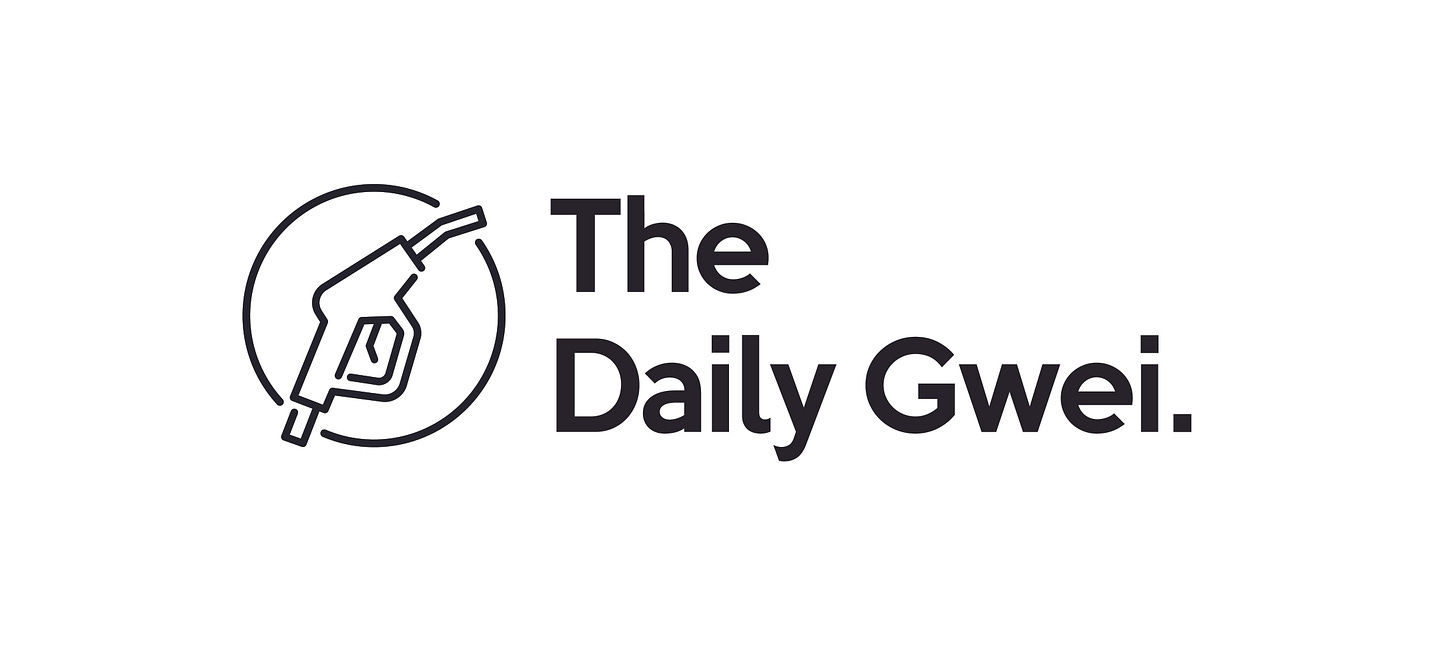
SushiSwap came out of no where last week and has already attracted over $750 million of liquidity that is currently yield farming the SUSHI token. The SushiSwap exchange isn’t actually live yet but it’s basically going to be a clone of Uniswap (to start) with a native token that is “community owned”. People are getting excited about the community ownership part of it because of what we recently saw play out with Yearn and YFI.

As you’ve probably seen on Twitter, there’s currently a liquidity war going on between Uniswap and SushiSwap. The way it works is that people can provide liquidity to a bunch of different Uniswap pools and then stake their liquidity provider (LP) tokens on SushiSwap to farm SUSHI. In about 10 days, the SushiSwap exchange will go live and there will be a “liquidity migration” event where people can choose to move their liquidity from Uniswap to SushiSwap.
The real question is though, does this liquidity migrate over to SushiSwap once the yield farming incentive ends? Is the meme of “community ownership” enough to get people to switch? It could be if enough liquidity providers are incentivized to continue providing liquidity via holding the SUSHI token (which also entitles them to governance rights and fees). Though, an analysis like this isn’t complete without discussing the rather large wrench that the Uniswap team can throw into this whole thing.
What wrench is that you may ask? Well, it’s an open secret that the Uniswap team are currently developing v3 of the protocol and it’s rumored that this will include a token. This has everyone speculating that the team will announce the plans for v3 + the tokenomics before the SushiSwap liquidity migration starts. Depending on what’s revealed, liquidity providers may choose to stay in Uniswap (especially if they will be paid UNI tokens for doing so). It’s an open question as to whether a v3 announcement would be a death blow for SushiSwap but I personally do expect both projects to exist side-by-side for a while.
The other more macro point that people are debating revolves around the “forkability” of protocols. Since everything is open source and liquidity can flow freely on Ethereum, where is the defensibility? What counts as a moat in Ethereum/DeFi? Some may argue that ecosystem integrations and brand awareness count as a moat and they do (to some extent) but is this enough to ward off competitors? It might not be given that liquidity aggregators such as 1inch, dex.ag and Matcha abstract away the underlying protocols for the end user and just direct their trades to whatever protocol offers the best bang for their buck. Additionally, token inecentives are incredibly powerful and can bootstrap a protocol from nothing to $1bil+ locked in just under 2 months (like what happened with Yearn and YFI). The community ownership via a token aspect should not be ignored when doing this analysis.
Personally, I’ve been a long-time fan of Uniswap and it’s obviously one of Ethereum’s “darling” projects. But just like with the other darlings such as MakerDAO, Uniswap faces fierce competition from newer projects that want its liquidity and user-base. When analyzing and rationalizing these these things myself, I’m always reminded of the saying: “do you want to be rich, or do you want to be right?”
Have a great day everyone,
Anthony Sassano
All information presented above is for educational purposes only and should not be taken as investment advice.




Rich or right? Why not both! :) Thanks for the content, Anthony!